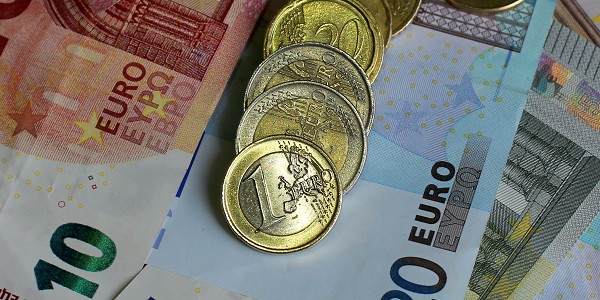There was no slowdown in Irish consumer spending last month, new figures indicate.
Sales of big ticket items such as holidays and cars experienced a particular boost, a ccording to the latest Visa Europe Consumer Spending Index.
Internet shopping sales also improved at a strong pace but there was an even bigger rise in the number of high street transactions in January compared to the previous month.
Philip Konopik, country manager, Ireland, Visa Europe, said: “The year-on-year increase in consumer spending during January is a very positive performance, particularly as it builds on growth through 2015.
“It is reflective of the improvement in overall consumer confidence, particularly in terms of sales of big ticket items like cars and holidays in January. The real highlight is that all sectors in the economy benefited from the rise in consumer spending.
“The high street was a key beneficiary, with the second highest level of growth in face-to-face spending recorded since we launched the Consumer Spending Index.”
Consumer spending has been helped by higher wages and reduced levels of unemployment, the index said.
Recreation and culture reported the fastest increases – up 14.7% – a new record boosted by holiday bookings by consumers keen to beat the January blues.
Spending in the hotels, restaurants and bars category also jumped by 12.2%.
The transport and communication sector saw a 7.8% growth, with car sales proving to be a key factor.
Andrew Harker, senior economist at Markit said: “The start of 2016 showed no let-up in consumer spending following the Christmas holidays as the Visa Europe Irish Consumer Spending Index signalled a further substantial upturn in household expenditure.
“The rate of growth even quickened from that seen at the end of last year, with consumers happy to spend on going out, as well as on big ticket items. Strong consumer confidence and falling unemployment suggest that there is little prospect of a slowdown in growth in the near-term at least.”
